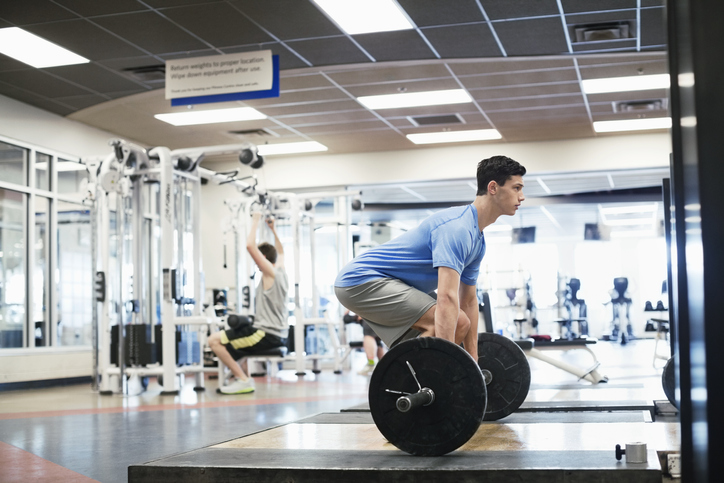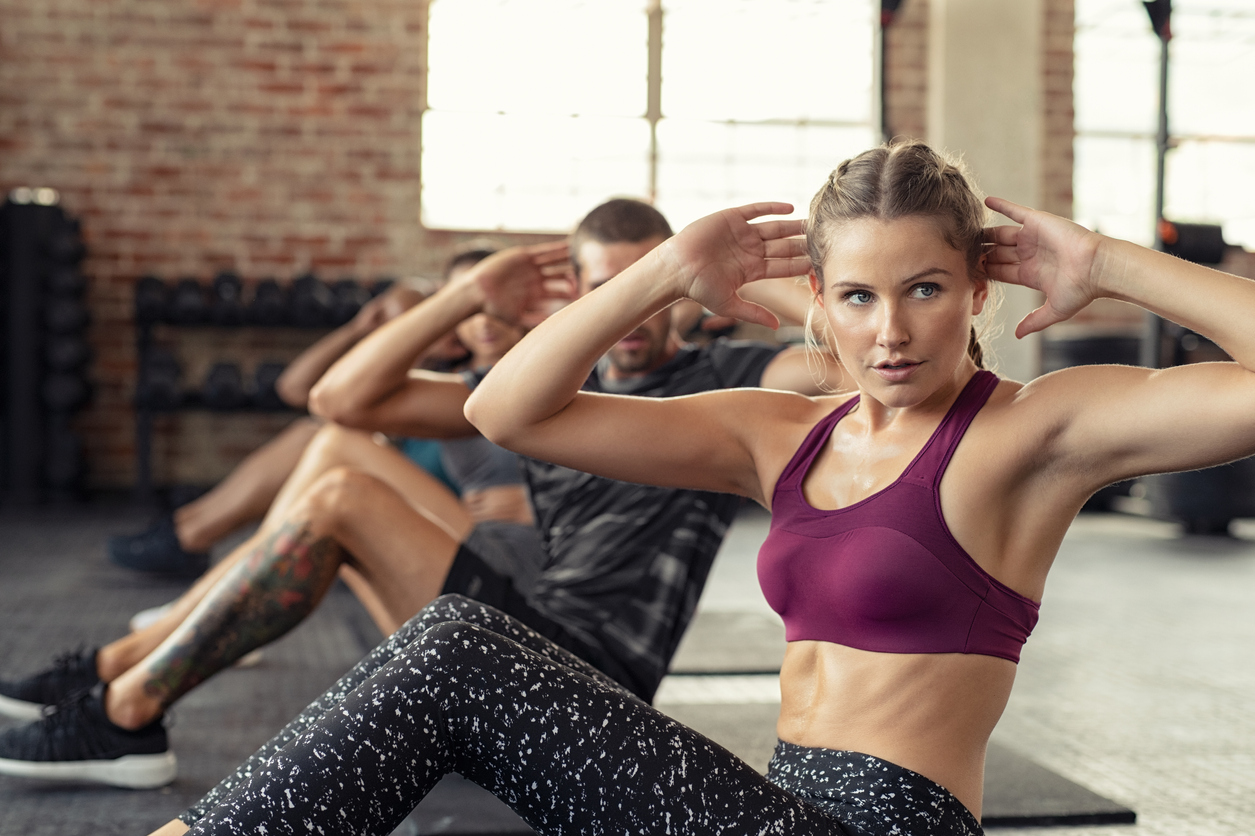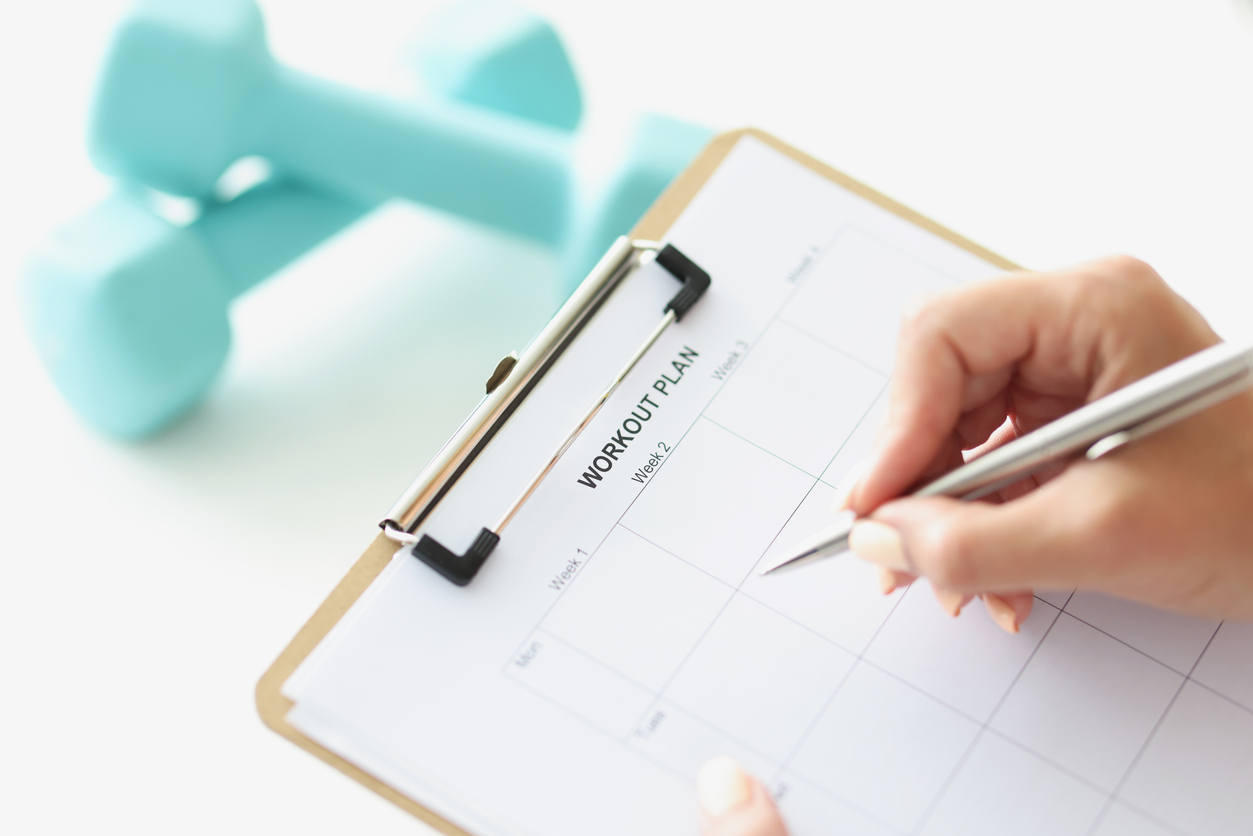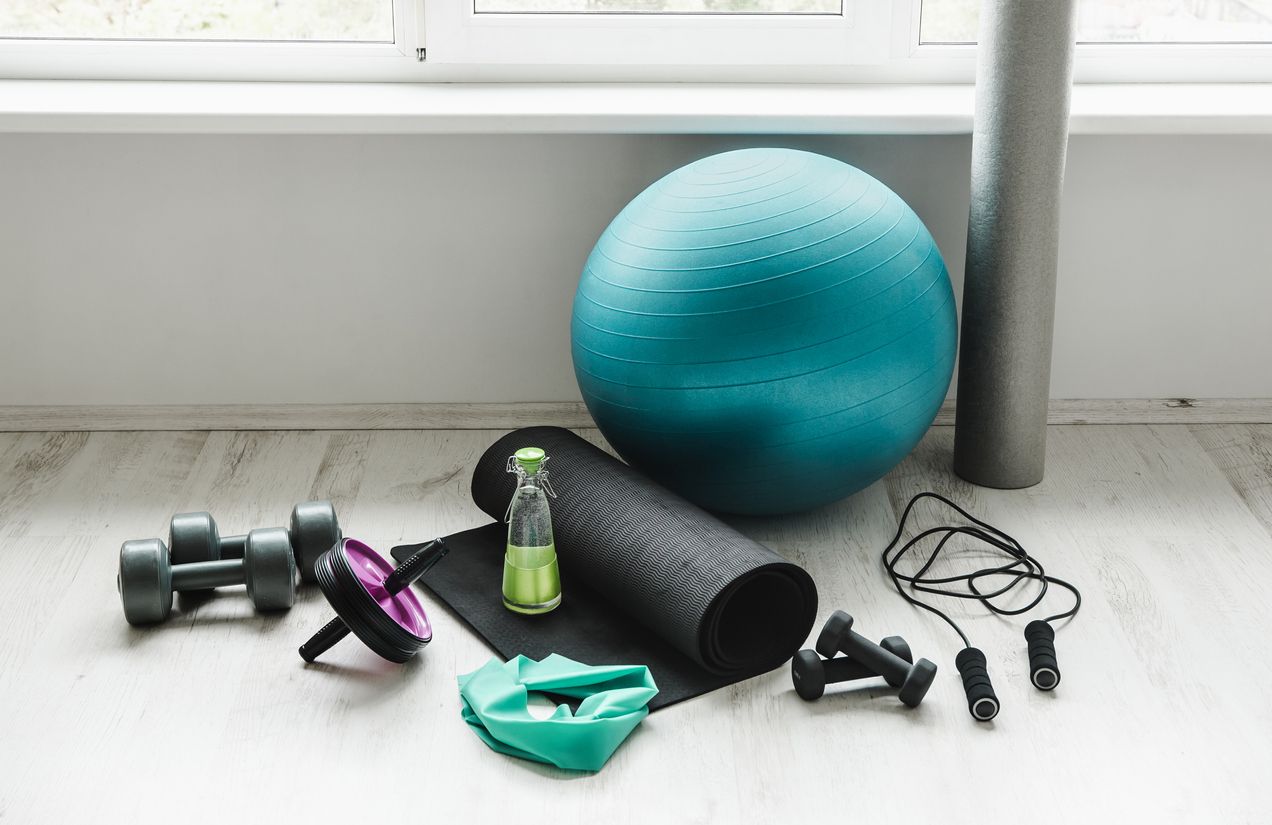There are these common generational myths that have been passed down to us and it would be fair to say that we really don’t actually know where they have come from, but because our family/friends believe these to be true, if we don’t know any better we subconsciously start to believe in it. One question within the health and fitness industry around youth is does lifting weights stunt growth? With the common myth being yes, it does.
If you’re a parent of a teenager who naturally may be wanting to start getting into the gym or participate in a sport that requires weight training, then I understand the concern you may have for the safety of your children. While this is a legitimate concern, I am here to put your mind at ease and let you know that lifting weights will not stunt your child’s growth (if done correctly).
Why do I want to bring this topic up?
Personally, my parents went through the same concern when I was starting to compete in Olympic Weightlifting from the age of 13. If it wasn’t for my coach reassuring them about the benefits that structured weight training could have, I would’ve never had the experiences and life lessons that weightlifting gave me, and I don’t know where I would be without it. So I want to shine a light on the topic and be the reassurance to teenagers and their parents that getting into some form of weight training can teach great life lessons.
There is no scientific evidence to support that lifting weights too young will stunt children’s growth. What has been scientifically supported is properly-designed and supervised resistance training programmes and sessions for kids, including:
- Increasing Strength and Bone Strength Index (BSI)
- Decreasing fracture risks and rates of sports-related injury
- Growing self-esteem and interest in fitness
Growth plates of teenagers is an important area to understand, especially because during their teenage years, they are growing through puberty and maturing. Growth plates are the cartilaginous areas of growing tissue at the ends of long bones (like the thigh bone, for example). These plates turn into hardened bone when young people reach physical maturity, but are softer during development and are therefore more susceptible to damage. Literature does show that the fracture of growth plates appears more likely in other sports, especially contact sports such as rugby and football (Faigenbaum & Myer, 2010). The impact force of jumping and running in such sports parallels that of the compressive force of lifting weights.
While the literature might show that the risk for injury is less, the risk for injury does exist. If you want to get your child into lifting weights, make sure they are supervised by a certified personal trainer, coach or maybe a family member/friend who has experience at the gym and understands how to teach proper form and can design a well-informed programme. Doing this will eliminate the risk for injury two-fold. Children and teenagers in physical infancy also lack some emotional maturity. They may not grasp the gravity of using proper form, ensuring a good warm up, and behaving cautiously. Lacking a spotter, dropping weights, and lifting more than is within their means are all mechanisms of injury that dominate arguments when it comes to the stunting of growth due to lifting weights. While these are fair points to argue on, I can’t say it enough – initially seeking professional supervision will in turn minimise the risk of injuries from any of the above scenarios.
So how do we go about designing weights sessions and programmes that are safe for youth?
When I train a teenager starting out, firstly I start them with exercises that mimic real life motions. Why? Because in a way, they are already familiar with the movement pattern. A lunge or squat of some sort are great examples of something I start a new teenager on, and I promote low weight and high repetition. This allows children to build movement patterns that avoid slips and falls with higher weight and improve their technique. Simultaneously, it leads to the development of stabilising muscles that strengthen lifts and prevents injury.
Something I have started to steer away from if possible is the use of exercise machines. These are built for adults and can often put growing teenagers who are of different dimensions at poor angles when completing the movement, increasing the risk of injury in my belief. I never fully eliminate them out, as in some cases they can be used as a great assistance tool in teaching a movement pattern.
And most importantly, communication is my top priority – asking them what feels good and what does not, and if most importantly they are enjoying it.
Conclusion
So let’s reflect, does lifting weights stunt growth? No, it does not. Is there a risk for injury? Yes, like there is in any sport or activity. If you have a young teenager or know of any who are wanting to get into the gym, then allow them to do so. From my experience starting to lift weights at 11 years old, where I had a personal trainer supervising, and through my 6 years of Olympic Weightlifting, I believe it teaches great life lessons, keeps young people healthy and builds confidence.
If you have a teenager who is looking to get into the gym or you are wanting to get them in and are looking for professional supervision and guidance such as personal training, with my experience of weightlifting from the age of 11 and going through injuries of my own, I know what it takes to keep your child or teenager safe, happy and healthy when coming into the gym and helping them set and achieve their goals.






